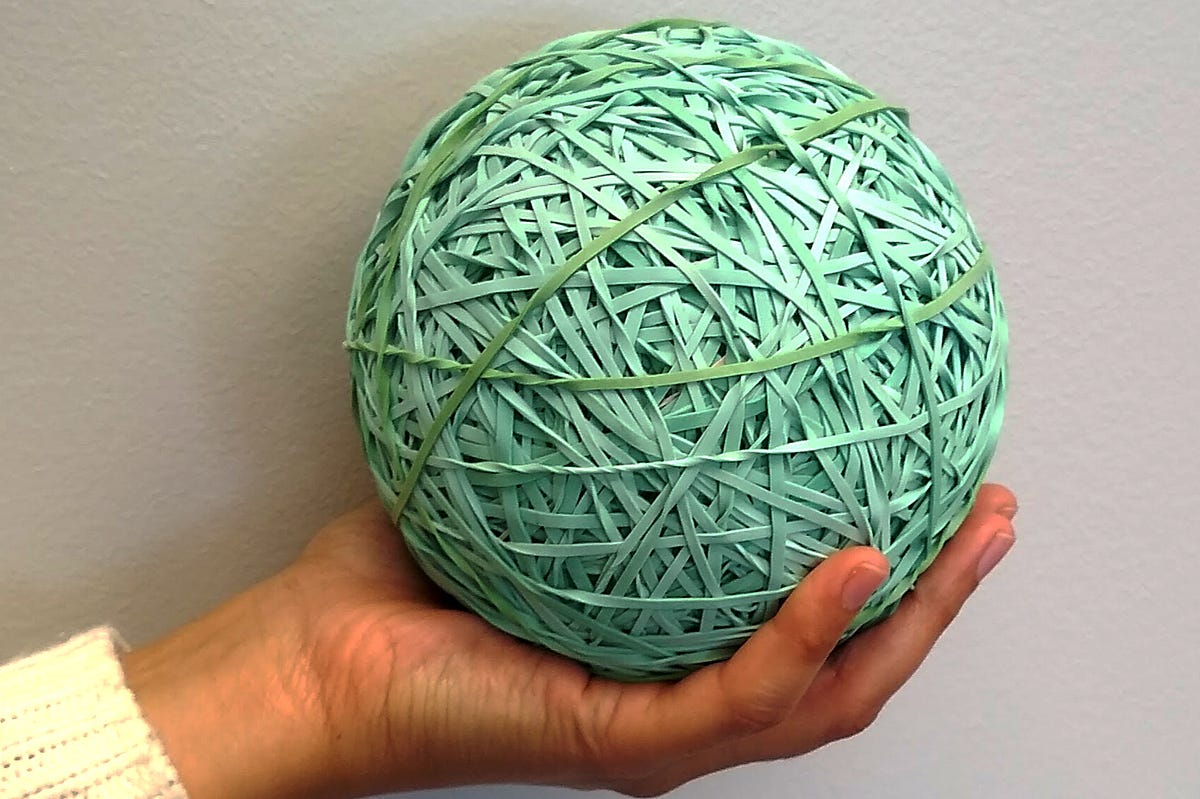The Brutal History of Rubber Production: Exploitation, Abuse, and the Fight for Justice
Core Concepts
The rubber industry has been built on the backs of exploited and abused workers, with a long history of inhumane conditions, violence, and environmental destruction.
Abstract
The content explores the dark history of the rubber industry, particularly in the context of French colonial rule in Indochina (modern-day Vietnam, Cambodia, and Laos). It highlights the immense human cost behind the production of this ubiquitous material, which is essential to modern society.
The article begins by describing the origins of rubber, tracing its use back to the Mesoamerican civilizations and its later introduction to Europe. It then delves into the establishment of large-scale rubber plantations in Indochina, where indigenous populations were forcibly evicted to make way for these lucrative enterprises.
The conditions faced by the plantation workers were horrific, with extremely high mortality rates, widespread disease, and brutal treatment from overseers. Workers were forced to labor from sun to sun, facing hazards such as falling trees, snakes, and malaria. Violence, abuse, and inadequate medical care were the norm. The article cites specific examples, such as the Bù Đốp plantation, where nearly half the workers died in a single year.
The article also discusses the role of communist agitators, who found a receptive audience among the exploited workers and helped to foment resistance movements. This laid the groundwork for Vietnam's subsequent wars with France and the United States.
While the situation has improved somewhat since the colonial era, the rubber industry in Vietnam and neighboring countries continues to face challenges, including the use of child labor, reports of slavery and human trafficking, and the displacement of ethnic minorities to make way for new plantations.
The article concludes by highlighting the irony of Vietnam now colonizing other countries in the region, replicating the exploitative practices of the past.
White Blood, Red Blood — What You Didn’t Know About Rubber
Stats
In 1927, 47% of the workers on the Bù Đốp plantation died.
In 1926 and 1927, the lowest death rate among the 20 largest plantations was 12%.
According to the Viet Nam National Child Labour Survey 2018, 10,224 children were employed in rubber production, with 42.5% under the legal working age of 15, and 22% between the ages of five and eleven.
Quotes
"Our dead bodies make fertilizer for the rubber trees."
"the natives of the region have the defect of being unstable"
"often depraved (opioid addicts, public girls, lazy) having only one idea: desert"
Key Insights Distilled From
by H. Wayne Smi... at deep.sweet.pub 06-03-2024
https://deep.sweet.pub/white-blood-red-blood-what-you-didnt-know-about-rubber-e2bf27cb5794
Deeper Inquiries
How can the rubber industry in Vietnam and neighboring countries be reformed to ensure ethical and sustainable practices, including the protection of indigenous communities and the elimination of child labor and human trafficking?
To reform the rubber industry in Vietnam and neighboring countries, several key steps can be taken. Firstly, there needs to be strict enforcement of labor laws and regulations to eliminate child labor and human trafficking. This can be achieved through regular inspections, penalties for non-compliance, and the establishment of mechanisms for reporting violations without fear of retaliation. Additionally, companies should implement transparent supply chains to ensure that rubber is sourced ethically and sustainably, with a focus on protecting indigenous communities' rights to their land. Collaborating with local communities and NGOs to develop fair labor practices, providing education and alternative livelihoods for children involved in the industry, and promoting responsible sourcing practices can all contribute to a more ethical and sustainable rubber industry in the region.
What role did the colonial legacy and the exploitation of rubber workers play in shaping the Vietnamese resistance movements that ultimately led to the country's wars with France and the United States?
The colonial legacy and the exploitation of rubber workers played a significant role in shaping Vietnamese resistance movements that led to wars with France and the United States. The brutal treatment of rubber plantation workers by colonial powers fueled resentment and resistance among the local population. The exploitation, violence, and abuse suffered by the workers created a fertile ground for communist agitators to mobilize and organize labor movements against the oppressive colonial regime. The harsh conditions on the plantations, coupled with the dehumanization and marginalization of the workers, galvanized a sense of solidarity and unity among the oppressed, leading to the formation of resistance groups and ultimately contributing to the larger independence movements that fought against colonial powers. The struggles of the rubber workers became intertwined with the broader fight for national liberation, shaping the course of Vietnamese history and the wars of independence.
Given the global reliance on rubber, what innovative solutions or alternative materials could be developed to reduce the industry's dependence on tropical plantations and mitigate the environmental and social impacts?
To reduce the industry's dependence on tropical plantations and mitigate the environmental and social impacts of rubber production, innovative solutions and alternative materials can be explored. One approach is the development of sustainable rubber cultivation practices, such as agroforestry systems that integrate rubber trees with other crops to promote biodiversity and reduce environmental degradation. Additionally, research into synthetic rubber alternatives derived from renewable sources or recycled materials can help lessen the demand for natural rubber from tropical plantations. Investing in technology for recycling and reusing rubber products can also reduce waste and minimize the industry's environmental footprint. Furthermore, promoting sustainable consumption patterns, supporting fair trade practices, and raising awareness about the social and environmental consequences of rubber production can encourage responsible sourcing and consumption habits within the industry and among consumers. By embracing innovation and sustainable practices, the rubber industry can move towards a more environmentally friendly and socially responsible future.
0
